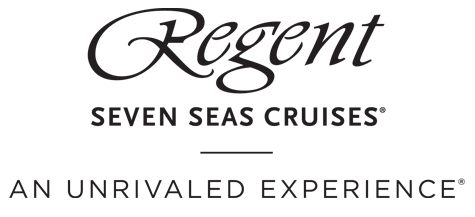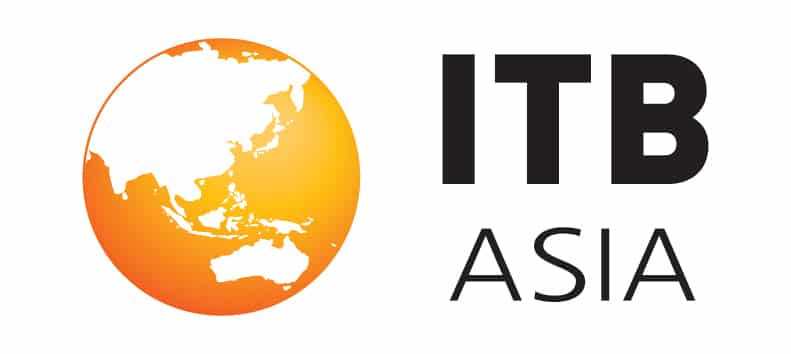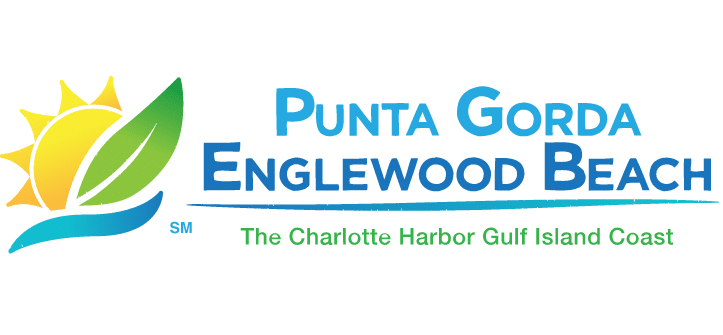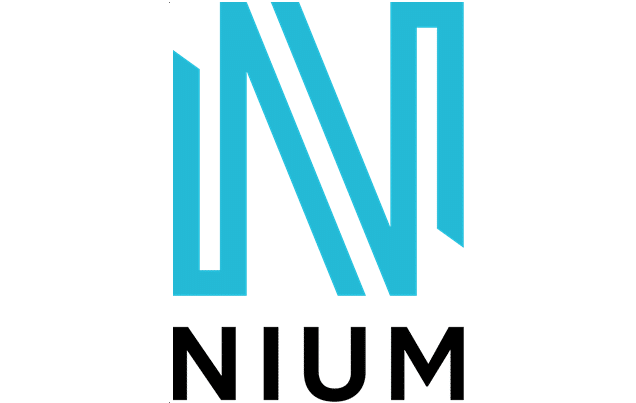Top tips on digital marketing
Simon Bowker, country manager UK and Ireland for Teradata eCircle, shares his expertise on how travel brands can use digital marketing to set them apart from their competitors.
"The travel industry has seen an explosion in online travel sites in recent years, and it’s not hard to see why. The web allows these companies to offer low cost holidays and flights, whilst keeping their overheads to a minimum. With more and more customers wanting to own their travel experiences, specialist providers are popping up to accommodate them and entering into the mainstream market. Secret Escapes, AirBnB and Mr & Mrs Smith are just three recent examples. As a result, travel brands in this day and age are finding themselves in an increasingly competitive environment. However, if harnessed properly, this can provide some travel brands with a real opportunity to provide a value-adding service that goes beyond the obvious: booking flights and holidays.
Loyalty is perhaps the biggest challenge to achieving this, with recommendations key to success. Customers want the ‘shopping’ process to be easier. They’re also looking to combine their booking efforts, where possible, into fewer transactions, although the review process will never disappear. Ultimately it’s all about the customer experience and enhancing the key touch points that motivate customers to advance along the path-to-purchase. The process of booking a flight, from selecting the point of origin and intended destination, through to securing your seat and completing the transaction should be kept incredibly simple.
The major airlines are well placed to deliver a smooth ecommerce journey, but the customer experience has to extend beyond that. These airlines have the ability to offer customers a range of additional services, from mobile services to price comparisons and regional temperature guides – alongside car hire and hotel booking options. All this functionality is crucial to enhancing the overall customer experience and simplifying the entire process of booking a holiday. If used and marketed correctly, this can provide businesses with a powerful business asset.
What is crucial, is remembering that every customer is different. I’m researching my holiday right now for instance, but I’m one type of customer. Family travellers vs. cash rich singles also have very different travel needs, so one cut and paste lifecycle model just won’t suit both. You can’t simply group your customers based on the previous data you’ve collected. Segmentation is still important for establishing data relevancy, particularly in the case of your regular newsletter. But your wider marketing needs to be even more dynamic. It’s all about knowing what your customers’ want before they do and then making sure you have the right tools and processes in place, which enable you to communicate and deliver their dream holiday.
The context matrix can be undeniably complex. But if your customers feel like they are being targeted with content that is valuable to them as an individual, they are more likely to buy from you and establish a long-term relationship, built around good feeling. That’s true of prospective, new, regular and former customers, from biographical information, to their online behaviour and holiday preferences, both historic and intended.
The email newsletter is perhaps the most useful communication tool available to brands. Most newsletters within the travel sphere are generally well tailored and mobile optimised, if lacking in personalisation. The major airlines though are typically falling behind in communicating the value they can provide to their customers. Whilst the smaller boutiques are generally better, they lack the multi-channel capabilities, infrastructure and ability to run a fully integrated effort.
To be truly successful, you need to be multi-channel and have your on- and offline journeys in sync with each other. If a purchaser goes to your site will the content be tailored for them? As they are travelling the web researching their holiday, are you using intelligent retargeting to ensure your flight/hotel/insurance offer is coming through? If you’re not doing that, the likelihood is, you’re probably working in channel silos, presenting a disconnected offering to your customers and missing out on valuable post purchase upsell opportunities.
Your customers are looking at your competitors daily. You have to earn their loyalty and then work equally hard to hang on to it. You may know through their browsing behaviour and one-off-purchases, what their holiday intentions are. But you need to make sure you’re quick off the mark, with compelling content that is highly relevant, to ensure you cut through and encourage them to interact and buy from you. If you’re not the cheapest, then portraying added value is essential. So put yourself in your customers’ shoes and ask yourself: why should customers buy their insurance, hotels and ancillaries from you? Are you their trusted holiday advisor? If not, why not?
If you’re looking at their browser behaviour you need to use it to your advantage. Look for ways you can inspire your customers, both existing and potential. Ask yourself how can you become their preferred online travel agent? Look to suggest content or provide incentives which mean something to them individually and make sure that they are well positioned across a variety of channels. Customers may engage with you in one channel and buy in another, so you need to make sure you are supporting them through the decision process. These implicit preferences need to be considered in conjunction with explicit preferences and past purchases to provide a true view of your customers’ interests. Without it, you can’t act in a pre-emptive way or demonstrate any unique value over your competitors.
You have to think in the context of real-time. Communications nowadays are instantaneous. If you’re not continually engaged and planning a fully multi-channel strategy, you’re not taking full advantage of your infrastructure. Personalisation is crucial to establishing good feeling, but it’s no longer enough. You have to listen. You have to engage. You have to monitor. And you have to observe. Ultimately, you need to be smart. Boutique travel companies may be able offer great deals, but it’s the big airlines that have the ability to implement highly engaging marketing campaigns and use emerging technologies and tools to a greater extent than online travel brands. Relevance is key; otherwise recipients will be reaching for the delete button, rather than your shiny "Book Now" button."
Related News Stories:
Bev
Editor in chief Bev Fearis has been a travel journalist for 25 years. She started her career at Travel Weekly, where she became deputy news editor, before joining Business Traveller as deputy editor and launching the magazine’s website. She has also written travel features, news and expert comment for the Guardian, Observer, Times, Telegraph, Boundless and other consumer titles and was named one of the top 50 UK travel journalists by the Press Gazette.
 United Kingdom
United Kingdom United States
United States Asia Pacific
Asia Pacific












































Dozens fall ill in P&O Cruises ship outbreak
Turkish Airlines flight in emergency landing after pilot dies
Boy falls to death on cruise ship
Unexpected wave rocks cruise ship
Storm Lilian travel chaos as bank holiday flights cancelled